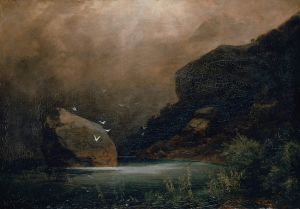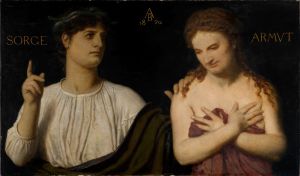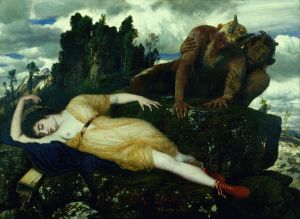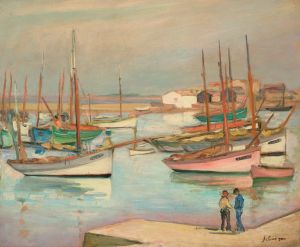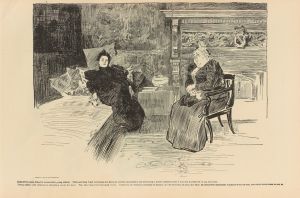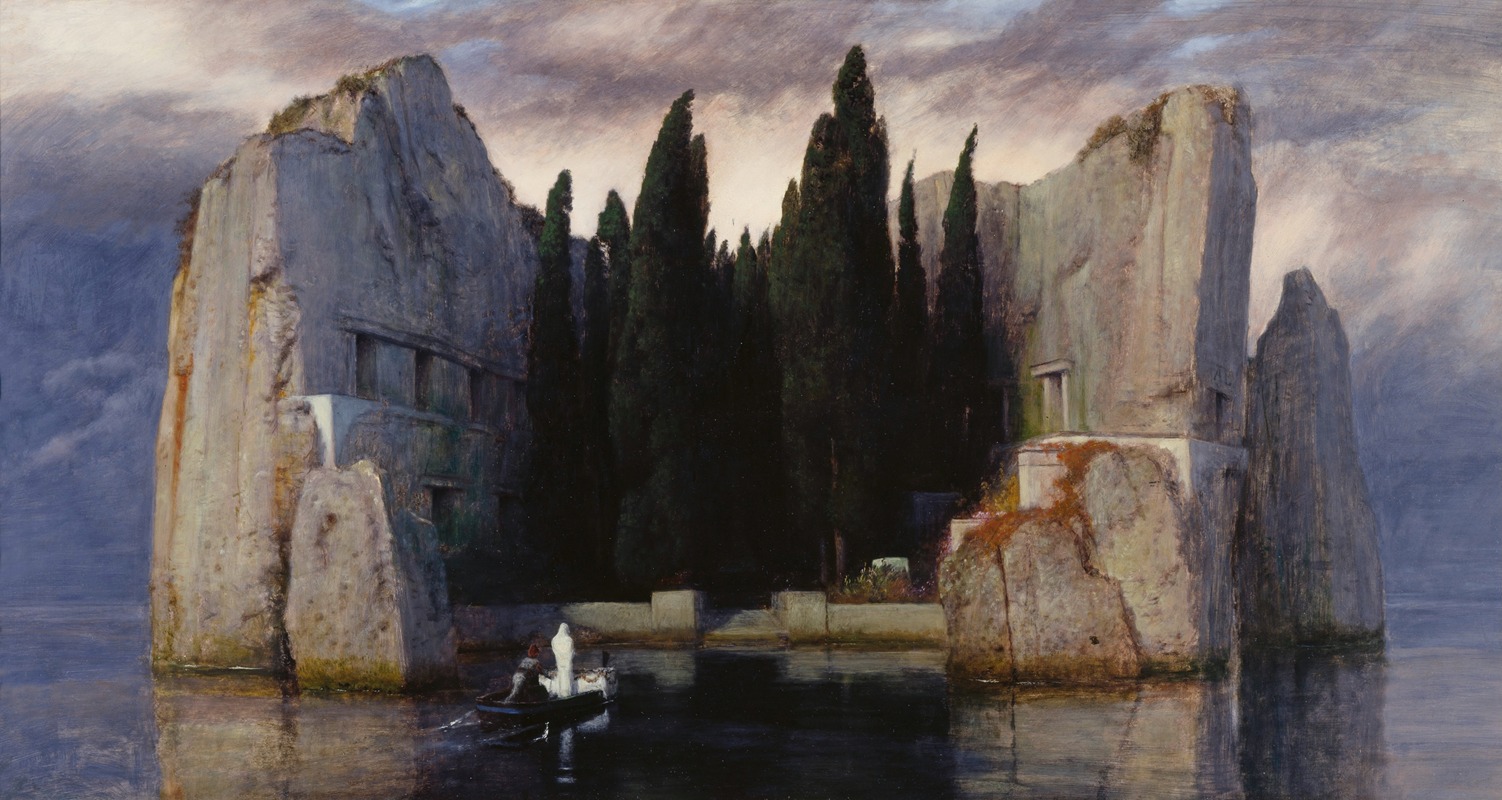
Die Toteninsel III
A hand-painted replica of Arnold Böcklin’s masterpiece Die Toteninsel III, meticulously crafted by professional artists to capture the true essence of the original. Each piece is created with museum-quality canvas and rare mineral pigments, carefully painted by experienced artists with delicate brushstrokes and rich, layered colors to perfectly recreate the texture of the original artwork. Unlike machine-printed reproductions, this hand-painted version brings the painting to life, infused with the artist’s emotions and skill in every stroke. Whether for personal collection or home decoration, it instantly elevates the artistic atmosphere of any space.
Arnold Böcklin's "Die Toteninsel III" (The Isle of the Dead III) is one of the most iconic paintings in the series of five versions created by the Swiss Symbolist artist between 1880 and 1886. Böcklin's series has captivated audiences with its haunting and mysterious imagery, and the third version, painted in 1883, is particularly notable for its atmospheric depth and detail.
The painting depicts a desolate, rocky islet dominated by towering cypress trees, which are traditionally associated with mourning and death. The central feature of the composition is a small rowboat approaching the island, carrying a solitary figure clad in white, standing beside a coffin draped in a white shroud. This imagery evokes themes of death, the afterlife, and the journey to the unknown, resonating with the Symbolist movement's interest in exploring the metaphysical and the mystical.
Böcklin's use of color and light in "Die Toteninsel III" enhances the painting's somber and enigmatic mood. The dark, muted tones of the island contrast with the lighter hues of the sky and water, creating a sense of isolation and otherworldliness. The composition is carefully balanced, with the vertical lines of the cypress trees and the horizontal expanse of the water guiding the viewer's eye toward the central figures in the boat.
The inspiration for "Die Toteninsel" is believed to have come from various sources, including the landscape of the English Cemetery in Florence, where Böcklin lived for a time, and the Greek island of Pontikonisi, which he visited. However, Böcklin himself did not provide a definitive explanation for the painting's meaning, leaving it open to interpretation and contributing to its enduring allure.
"Die Toteninsel III" was commissioned by the art dealer Fritz Gurlitt, who recognized the potential appeal of Böcklin's evocative imagery. The painting quickly gained popularity and was reproduced widely, influencing a range of artists, writers, and composers. Among those inspired by Böcklin's work was the Russian composer Sergei Rachmaninoff, who composed a symphonic poem titled "The Isle of the Dead" in 1908, directly referencing the painting's themes and atmosphere.
The painting's impact extends beyond the art world, having been referenced in literature, film, and popular culture. Its enigmatic quality and exploration of existential themes continue to resonate with audiences, making it a subject of ongoing interest and study.
Today, "Die Toteninsel III" is housed in the Alte Nationalgalerie in Berlin, where it remains a focal point for visitors and art historians alike. The painting's enduring appeal lies in its ability to evoke a sense of mystery and contemplation, inviting viewers to ponder the nature of life, death, and the unknown. Through its masterful composition and evocative imagery, "Die Toteninsel III" stands as a testament to Arnold Böcklin's skill and vision as a leading figure in the Symbolist movement.





![Ruins. Temple on the Island of Biggeh [Bîga, Bîjah], Nubia.](/imgs/217537/s/david-roberts-ruins-temple-on-the-island-of-biggeh-biga-bijah-nubia-1cd1f41d.jpg)


